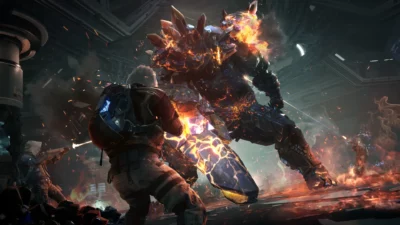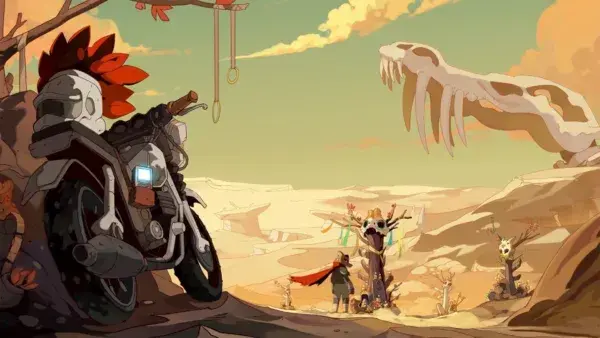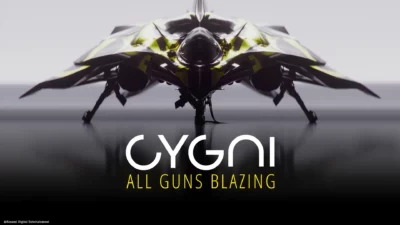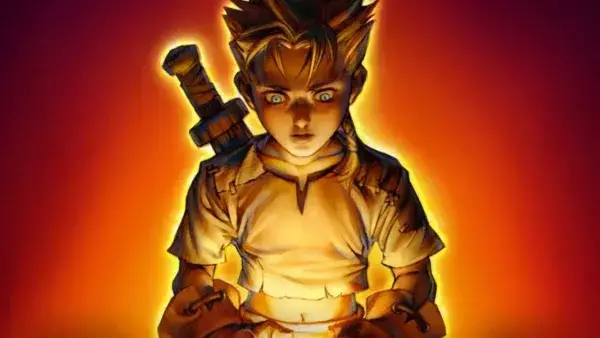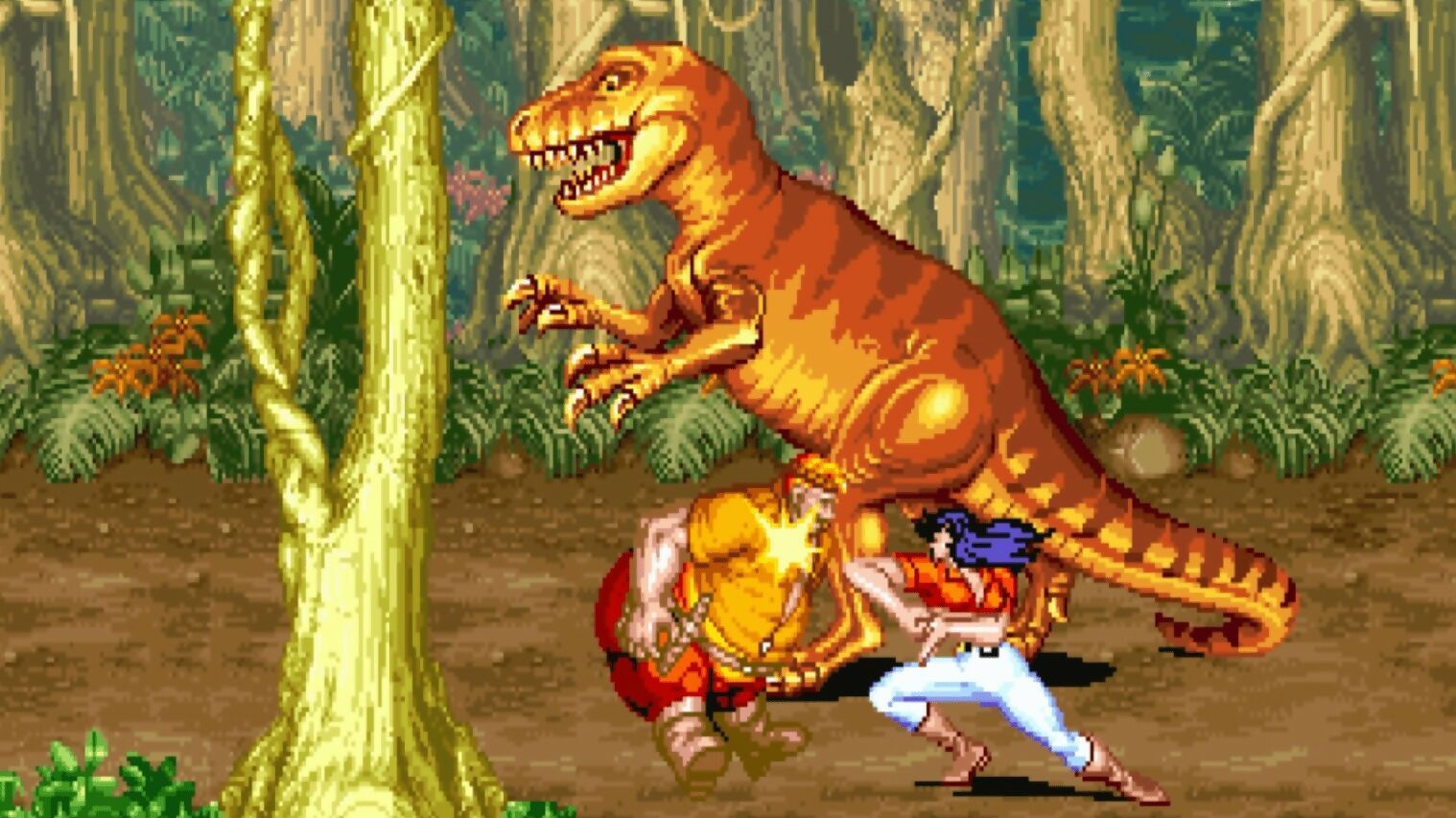
There was a time before the CP System, Capcom’s proprietary arcade hardware powering the company through eleven years of genre-defining, bar-raising coin-op greats. There was a time after the CP System, too, when development moved on to hardware like the Dreamcast-based NAOMI and others. But it’s the CPS, CPS2, and CPS3, from 1988 to 1996, that brought the majority of what made Capcom, Capcom. Final Fight, Street Fighter II, Strider, Marvel Super Heroes, and so many more – the CPS has a lot to answer for. So it’s probably time to take a look back over the archetypal arcade experiences that made a great developer legendary.
In the years before 1988, Capcom had operated like other arcade publishers, making games on individual boards – this meaning the whole thing would have to be removed in order to install a new game in an arcade cabinet. Following a couple of years’ worth of development and tens of millions of dollars (in modern money), the CP System was born: a static unit that could remain in arcade cabinets, with game boards able to be easily switched in and out.
The CPS started strong with the likes of Forgotten Worlds and Ghouls ’n Ghosts landing in 1988, while early movie tie-in Willow showed a side of Capcom’s output that would remain consistent through the next decade: good games based on licences. But it was 1989’s Final Fight that took things to the next level: gigantic, chunky sprites menacing their way around the screen, beating miscreants into unconsciousness in the greatest accidental satire of American life yet seen in gaming. Final Fight was emblematic of the CPS – instantly recognisable, and seen everywhere.

By copying consoles and making a hardware base with changeable games, Capcom shifted the arcade playing field in its favour
But it was, of course, Street Fighter II that cemented the CPS legacy for all of time. The world’s greatest fighting game just couldn’t have been done anywhere else, and given its popularity, it meant the CPS had to be in every arcade. And what was that about operators being able to switch out games in their cabinets at will? Well, now…
Still, by 1993 Capcom had moved on – an upgrade had arrived in the form of the CPS2 and with it a host of improvements to the animation, visual fidelity, and sound we could all have wash over us in the local smoky arcade. Beyond mere technological upgrades, the introduction of the CPS2 came about with improved anti-piracy protocols in place. The previous model had seen plenty of bootlegs of its games over the years – who doesn’t remember Street Fighter II: Rainbow Edition at their local leisure centre? – and so Capcom embraced encrypted ROMs for its follow-up hardware. Said encryption wasn’t reverse-engineered until 2007, long after the CPS2 was relevant to Capcom, so safe to say it did its job well.

he CPS platforms were the home of almost every 2D Street Fighter game released to date: it’s more than just Street Fighter, but it’d be folly to say the CPS isn’t the Street Fighter system
Of course, it also did its job well with the games released on the CPS2, with this period being a true golden one for fighting games in particular.
Street Fighter II might have been born on its progenitor platform, but it was the CPS2 that took both that game to its highest point with Super Street Fighter II Turbo and introduced the stunning spin-off Street Fighter Alpha series. Not forgetting the Darkstalkers and Marvel tie-ins such as X-Men: Children of the Atom and Marvel vs Capcom – and their plentiful sequels and spin-offs.
This perfect arcade period wasn’t just about one-on-one brawlers, with the CPS2 home to more classic scrolling beat-‘em-ups – Alien vs. Predator is still legendary to this day, while Armored Warriors and Battle Circuit still serve as two of the finest examples the entire genre has to offer. Dungeons & Dragons, 19XX: The War Against Destiny, even other developers got in on the action with titles like Takumi’s Mars Matrix and Cave’s superb Progear. It’s no exaggeration to say that, for a few years from 1993-on, the arcade was pretty much made by the CPS2.

The audience was moving on, but the brass opted for one more stab at 2D greatness with the creatively named CPS3. A big-name game would be needed to launch the new CD-based system with a bang, and… no, the first game was Red Earth in 1996. A serviceable, forgettable fantasy-based fighting game, and one that’s so thoroughly just there that Capcom has never seen fit to port it to any format outside of the arcade.
Street Fighter III was the big hit for the CPS3, of course, but while there was solid competition for that accolade coming from JoJo’s Bizarre Adventure on the platform… there just wasn’t anything else. The CPS3 launched in 1996, saw six releases – the aforementioned Red Earth, three versions of Street Fighter III, and JoJo and its sequel.
By 1999, even Capcom saw it was fighting a losing battle and had moved arcade development to Sega’s NAOMI, with 3D arena-brawler Power Stone releasing that year and the 2D Marvel vs Capcom 2 hitting in 2000. The CP System was dead after eleven strong years. Well, maybe seven or eight strong years and a few more in the wilderness, at least where it concerned mainstream arcade players outside of the fighting game community.
But the impact and legacy is gigantic. The CP System made arcades special thanks to a combination of factors. Capcom made great games, sure. The hardware itself was impressive enough to blow away home console efforts. And the manner in which operators were able to switch games in and out with minimal effort meant arcades with CP Systems would be able to show you a wider variety of games over the months and years. It was smart, it did the job well, and it was simple to use.
And best of all, it wasn’t just the home of Street Fighter II – much more than that, the CP Systems all had something individually special about them.
CPS at home
The years have been kind to the CP Systems with relation to home ports – Capcom has been all too keen to offer emulated versions of its games (from all versions of the hardware), stretching back to the original PlayStation. But those looking to use the actual hardware have been catered to – Capcom itself released the CPS Changer in 1994, a home console version of the CPS hardware with eleven games released, the likes of Final Fight and Street Fighter II Turbo being made available.
But the tinkerers of the world have been hard at work themselves, resulting in ‘consolized’ units that add things like controller ports and HDMI outputs to CPS2 and CPS3 units – when combined with hardware manufacturer Darksoft’s CPS Changer kits, they become all-in-one units capable of playing the actual arcade games in the home, with relative ease. A kit for the original CPS is releasing ‘soon’ at the time of writing, too. None of it’s cheap, but it is there, and it reflects the love people have for the CPS line in general.



